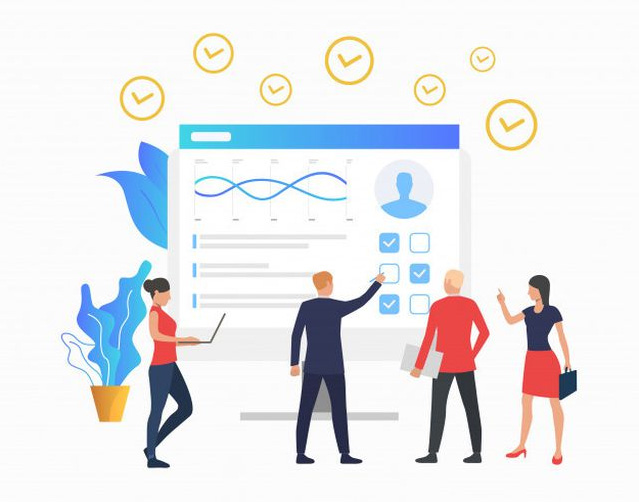How to identify the context of the organization
Identifying the context of an organization involves understanding its specific environment, goals, structure, and industry. Here are the steps to help you identify the organizational context:
- Analyze the External Environment:
- Industry and Market Conditions: Research the industry, market trends, competitive landscape, and economic conditions affecting the organization.
- Regulatory Environment: Understand the legal and regulatory framework that governs the organization’s operations.
- Technological Environment: Stay updated on technological advancements that impact the organization’s industry and operations.
- Social and Cultural Factors: Consider social trends, cultural influences, and demographic changes relevant to the organization.
- Understand Organizational Goals:
- Mission and Vision Statements: Review the organization’s mission and vision to grasp its fundamental purpose and long-term objectives.
- Strategic Goals: Identify the key strategic goals and initiatives that guide the organization’s efforts.
- Key Performance Indicators (KPIs): Look at the metrics used to measure progress and success towards achieving strategic goals.
- Examine the Organizational Structure:
- Hierarchy and Reporting Lines: Study the organizational chart to understand the hierarchy and reporting relationships.
- Departments and Divisions: Identify the main departments or divisions and their specific functions.
- Communication Channels: Assess how information flows within the organization, including formal and informal communication.
- Identify Internal Resources and Capabilities:
- Human Resources: Evaluate the skills, expertise, and capacity of the organization’s workforce.
- Financial Resources: Understand the financial health of the organization, including budgets, funding sources, and financial management.
- Technological Resources: Review the technology and tools the organization employs to support its operations and achieve its goals.
- Evaluate Organizational Culture:
- Values and Beliefs: Understand the core values and beliefs that shape the organization’s culture.
- Behavioral Norms: Identify the norms and behaviors that are encouraged or expected within the organization.
- Employee Engagement: Assess the level of employee engagement and satisfaction, and how it impacts productivity and morale.
- Assess Stakeholder Relationships:
- Customers and Clients: Identify the primary customers or clients and understand their needs and expectations.
- Suppliers and Partners: Evaluate the organization’s relationships with suppliers, partners, and other key stakeholders.
- Community and Social Responsibility: Consider the organization’s impact on the community and its social responsibility initiatives.
- Conduct a SWOT Analysis:
- Strengths: Identify the organization’s internal strengths.
- Weaknesses: Recognize internal weaknesses or areas for improvement.
- Opportunities: Identify external opportunities that the organization can leverage.
- Threats: Recognize external threats that could impact the organization.
What is the context of the organization?
Clause 4.1 of ISO 9001 concentrates on understanding the organization and its context. It involves identifying internal and external factors that may affect the organization’s ability to achieve its intended outcomes, such as customer needs, regulatory requirements, and market trends.

How to identify the context of the organization
4 Context of the organization
4.1 Understanding the organization and its context
The organization shall determine external and internal issues that are relevant to its purpose and its strategic direction and that affect its ability to achieve the intended result(s) of its quality management system.
The organization shall monitor and review information about these external and internal issues.
NOTE 1 Issues can include positive and negative factors or conditions for consideration.
NOTE 2 Understanding the external context can be facilitated by considering issues arising from legal, technological, competitive, market, cultural, social and economic environments, whether international, national, regional or local.
NOTE 3 Understanding the internal context can be facilitated by considering issues related to values, culture, knowledge and performance of the organization
The procedure for determining the context of organizations:
Completing the context of an organization involves identifying and understanding both internal and external factors that can affect its operations and objectives. This includes factors like the organization’s purpose, its internal capabilities, stakeholders’ needs and expectations, regulatory requirements, industry trends, economic conditions, and competitive landscape. Once these factors are identified and understood, the organization can develop strategies to manage risks and opportunities effectively.
For this purpose, you can provide a useful form or template to record the organizational context, including both internal and external issues. Then, evaluate the factors with a risk-oriented approach or strategic thinking (risk management procedure – SWOT model) and determine the appropriate action or strategy.
How to identify the context of the organization
Organization context

